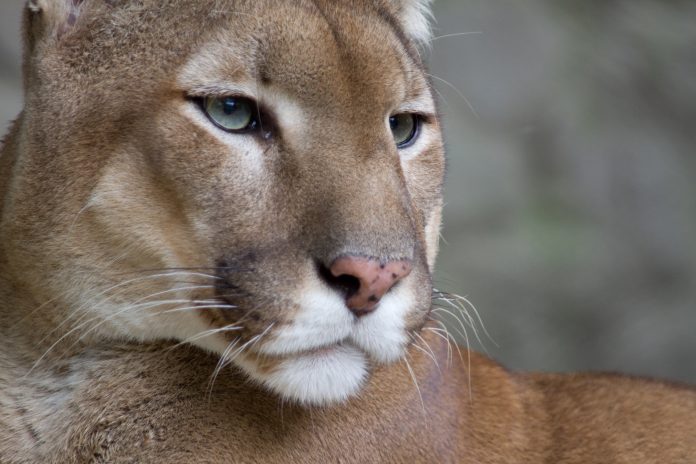SANTA MONICA—Two mountain lions P-30 and P-53 were found dead in the Santa Monica Mountains with poisons in their systems, the National Park Service announced on Tuesday, October 8.
Tests reveal that five different anticoagulant rodenticides were detected in both mountain lions. A high concentration of bromadiolone and other compounds including brodifacoum, chlorophacinone, difethialone, and diphacinone were in their systems, according to Necropsy reports.
On September 9, biologists hiked into Topanga State Park after P-30’s collar sent out a mortality signal. When his body was discovered there were no obvious signs of trauma or injury to his carcass. Necropsy reports show that P-30 died from internal bleeding. Five liters of unclotted blood was found in the lion’s abdomen. The reports reveal that the mountain lion also had severe hemorrhaging to his brain and stomach cavity.
P-30 was one of the very first male mountain lions to be captured as a kitten and survive long enough in the Santa Monica Mountains to reach adulthood establishing a home base.
The other mountain lion that was discovered back on August 15 was P-53, a four-year-old female mountain lion. Officials could not determine her cause of death due to the carcass’ advanced decomposition. Despite the decomposition, scientists did find four different of anticoagulant rodenticides in her liver. Brodifacoum, chlorophacinone, difethialone, diphacinone, and a high concentration of bromadiolone was found in her system like P-30’s.
According to officials, the second leading cause of death in mountain lions is the ingestion of poison. The leading cause of death for mountain lions are vehicle strikes. What scientists call Intraspecific conflict, transpires when lions kill other lions, and has become a factor in the mountain lion mortality rate.






